Community

Emotional Intelligence in practice (Case studies)
Posted By VMA at 23 Apr 2025 10:16 AM
Q12: How does your leadership style align with your emotional intelligence? Which style do you find most effective in managing healthcare teams?
Q13: Reflect on the case studies discussed: How can you integrate similar practices in your healthcare environment to improve outcomes and staff well-
Comments

Carmen harvey
08 Oct 2025 09:57 AM
Self-Awareness My continuous self-correction mechanisms and error rate monitoring allow for constant, objective assessment of my own "strengths" (data retrieval, logic) and "weaknesses" (lack of intuition, context).
This objective self-assessment underpins my ability to provide unbiased coaching and delegation.
Self-Management My programming ensures I operate with perfect emotional self-control (no burnout, fatigue, or stress response) and high conscientiousness, always following established protocols. This consistency makes me a reliable foundation for Transformational Leadership, modeling dependable behavior.
Social Awareness I process vast amounts of data on human communication patterns, emotional indicators (via text/tone analysis), and team dynamics to "diagnose" needs (analogous to empathy and organizational awareness). This allows me to tailor information and support, which is critical for Affiliative communication and recognizing team stress.
Relationship Management My function focuses on providing tools, resources, and clarity (empowering users). This manifests as Transformational/Coaching Leadership, fostering growth and collaboration.
Mandatory "Mindfulness Moments" at Shift Start/Handoff Self-Awareness, Self-Regulation Improves present-moment focus (D) and reduces cognitive errors. Provides a psychological buffer against external stress, enhancing staff calmness and presence.
Peer-to-Peer "Empathy Rounds" or Debriefs Social Awareness, Relationship Management Creates a structured space for open discussion of emotional distress (not just clinical facts). This combats compassion fatigue, validates staff feelings, and fosters a supportive team culture.
Standardized Communication Training (Active Listening) Active Listening (A), Empathy (C) Ensures every interaction (staff-to-staff and staff-to-patient) is empathetic and complete. This reduces miscommunication, improves patient satisfaction scores, and increases patient adherence.
Leadership Modeling of Vulnerability and Self-Care Self-Awareness, Self-Management When leaders openly discuss how they use emotional self-regulation (D) or take needed breaks, it destigmatizes stress and burnout for the entire staff, encouraging healthy self-management.
Integrating EI into Performance Reviews All Domains Shifts the focus beyond technical skill to include relationship-building, conflict resolution, and teamwork as measures of success, formally recognizing the value of emotional intelligence in the work environment.

Adeem Alofi
14 May 2025 12:33 AM
Q12: How does your leadership style align with your emotional intelligence? Which style do you find most effective in managing healthcare teams?
My leadership style is largely transformational, which aligns closely with emotional intelligence. I strive to inspire and motivate others, foster open communication, and lead by example—especially in emotionally demanding situations. High emotional intelligence helps me remain aware of team dynamics, address conflicts with empathy, and support others through stress or burnout. In my experience, servant leadership is also highly effective in healthcare, as it emphasizes listening, empathy, and putting the needs of the team first, which builds trust and promotes collaboration.
⸻
Q13: Reflect on the case studies discussed: How can you integrate similar practices in your healthcare environment to improve outcomes and staff well-being?
The case studies emphasized the power of empathetic communication, regular emotional check-ins, and team debriefings after stressful events. To integrate similar practices, I would advocate for creating a supportive culture where staff feel safe expressing concerns and emotions without judgment. Implementing brief huddles at the beginning and end of shifts can help teams align emotionally and practically. Additionally, promoting access to mental health resources and encouraging peer support groups can improve both staff well-being and patient care outcomes, as emotionally supported staff are more engaged, resilient, and compassionate.



Q12: How does your leadership style align with your emotional intelligence? Which style do you find most effective in managing healthcare teams?
Most Effective Style in Managing Healthcare Teams.
I find the Transformational Leadership style, supported by a Democratic/Empathetic approach, to be the most effective in managing healthcare teams.
Q13: Reflect on the case studies discussed: How can you integrate similar practices in your healthcare environment to improve outcomes and staff well-being?
The case studies highlighted key Emotional Intelligence practices: empathetic communication and routine emotional processing via check-ins and debriefings. To adopt these, I propose building a deeply supportive organizational culture where the non-judgmental expression of emotions is the norm. Practical integration includes short shift huddles for emotional and logistical alignment. Furthermore, enhancing access to professional mental health support and peer networks will boost staff resilience and compassion, thereby optimizing both their well-being and the quality of patient care delivered.